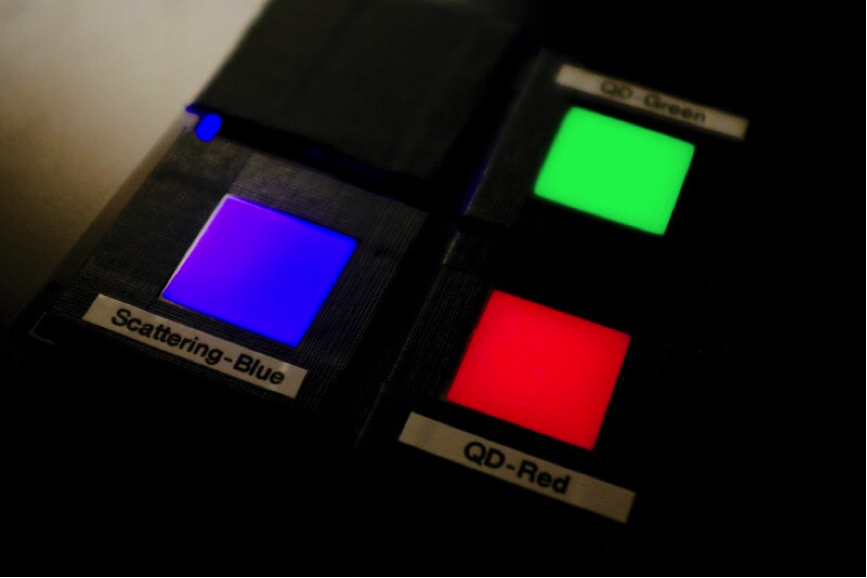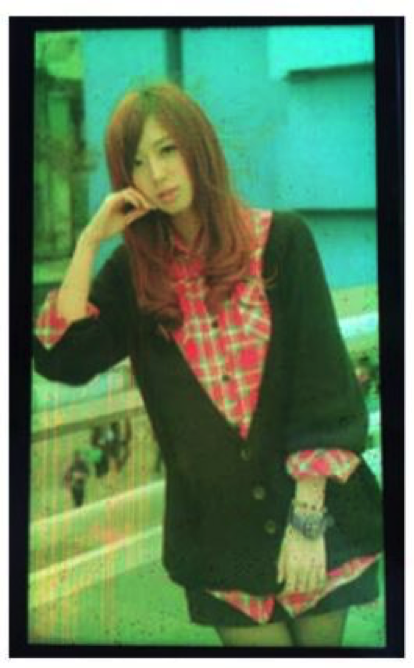Vertical Divider
|
Musing on Competitive Technology
Quantum Dot and Ink Jet Printing May 14, 2018 At this years QD forum, there were a number of highlights
Figure 1: Self-Emitting Quantum Dots Courtesy of Nanosys
Figure 2: IJP 5-inch AM-QLED display (80 dpi) Source: TCL
Samsung committed to quantum dots as an enhancement to it LCD TV products after abandoning efforts to develop a commercially viable RGB based OLED TV. However, QD films have proven to be no match for LG’s OLEDs. However, the development of a QD color filter could be beneficial to both LCD TVs and OLED TVs that use white OLEDs and a CF. One of the shortcomings of OLED TVs is luminance, and color filters reduce the light output by as much as 50%, such that the development of a color filter that could offset much of that loss would help to improve the quality of OLED TVs without needing to depolarize the light. The use of quantum dots that would be stable in an un-encapsulated environment and could be easily patterned using conventional OLED deposition tools could benefit both LCD and OLED TV display manufacturers. The other issue restricting the use of QD color filters is the effect of ambient light, which would distort the image. From: Display Daily |
|
|
Contact Us
|
Barry Young
|


